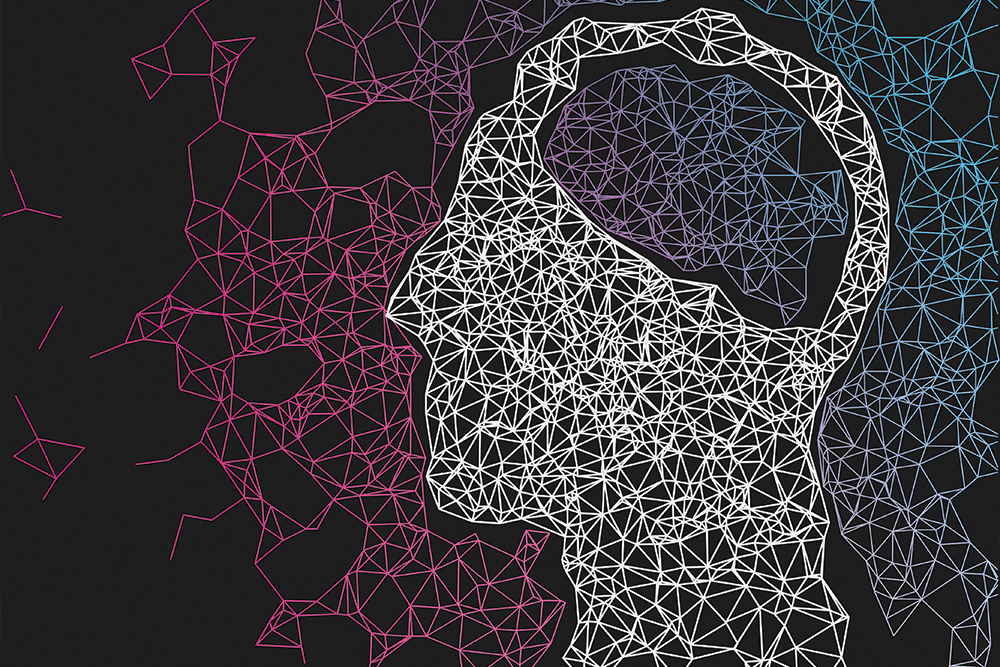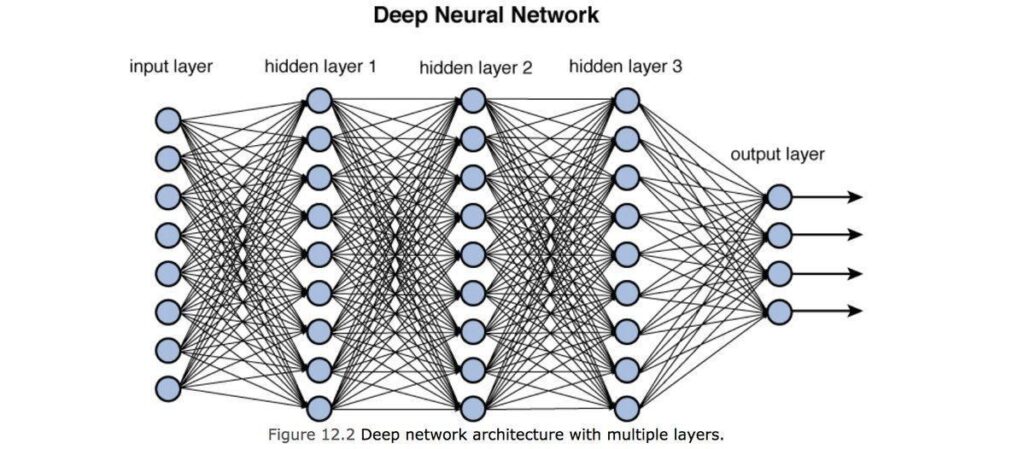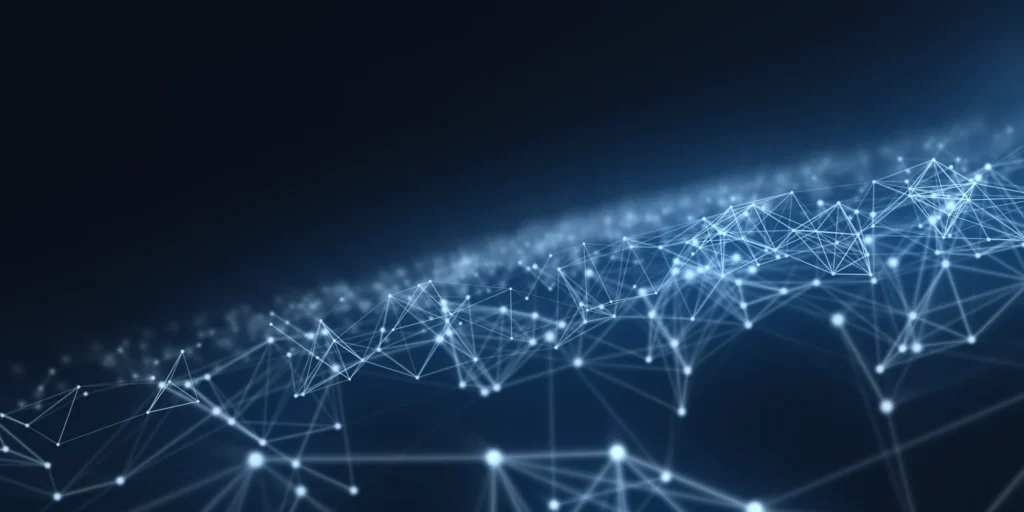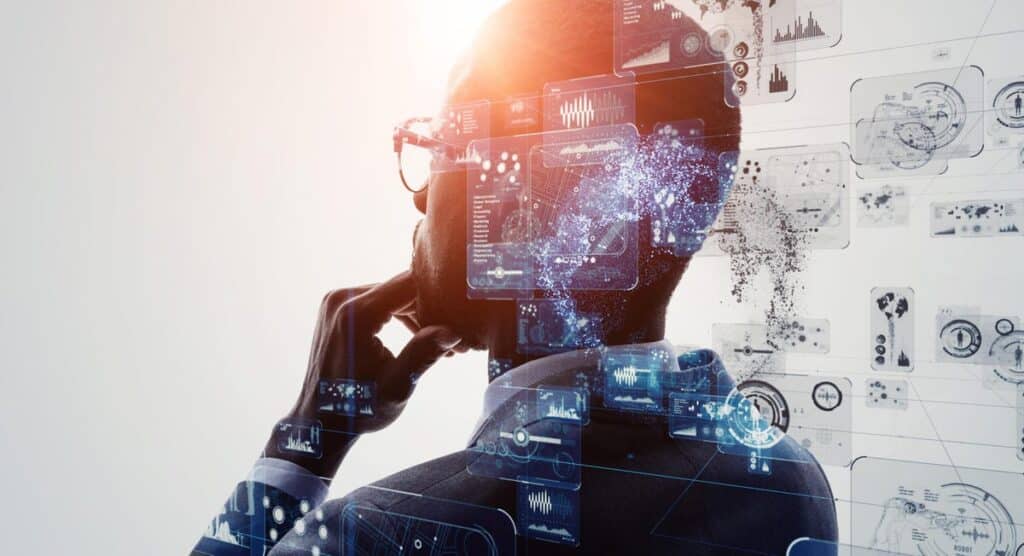Deep learning, as well as neural networks, are two of the most critical technologies in the domain of artificial intelligence. They have revolutionized how we approach complex problems, including image and speech recognition, natural language processing, and autonomous driving. This article will explore the fundamentals of deep learning and neural networks and their applications in various fields.
Contents
Deep Learning & Neural Networks
Deep learning is a subset of machine learning that involves training deep neural networks to perform specific tasks. It is motivated by the design and function of the human brain, where information is processed by a network of interconnected neurons. The goal of deep learning is to create artificial neural networks that can learn from large amounts of data and make accurate predictions.
Whereas, Neural networks are the building blocks of deep learning. They are composed of interconnected nodes, called neurons, which are organized into layers. There are typically three types of layers in a neural network: input layer, hidden layers, and output layer. The input layer receives data, the hidden layers process the data, and the output layer produces the final result. Backpropagation is a technique used to train neural networks. It involves adjusting the weights and biases of the neurons in the network to minimize the error between the predicted output and the actual output. This process is repeated over many iterations until the network can make accurate predictions.
Applications of Deep Learning and Neural Networks
One of the most prevalent applications of deep learning and neural networks is computer vision. This involves training neural networks to recognize and interpret images and videos. Applications include facial recognition, object detection, and self-driving cars. Another important application of deep learning and neural networks is natural language processing. This involves training neural networks to understand and generate human language. Applications include machine translation, speech recognition, and chatbots.
A good example is DocTranslator, a product that started as a simple translation service. Over time, through training and development, it has become capable of translating documents considering the specifics of any niche and understanding the context.
Deep learning and neural networks are also being used in the healthcare industry to improve diagnosis and treatment. They are used to analyze medical images, predict the risk of diseases, and develop personalized treatment plans.
Challenges and Future Directions
Despite their success, deep learning and neural networks still face several challenges. One of the amplest challenges is the lack of interpretability. Neural networks are often described as black boxes, meaning that it is difficult to understand how they arrive at their decisions. This has implications for the ethical use of these technologies.
There are many exciting directions for the future of deep learning and neural networks. One promising area is the development of more efficient and interpretable models. Researchers are also exploring the use of deep learning and neural networks in new areas, such as robotics, finance, and education.
Conclusion
Deep learning and neural networks have revolutionized the field of artificial intelligence. They have enabled us to solve complex problems in new and exciting ways. As we continue to develop and refine these technologies, we must also be mindful of their ethical implications and work towards creating more transparent and interpretable models.




